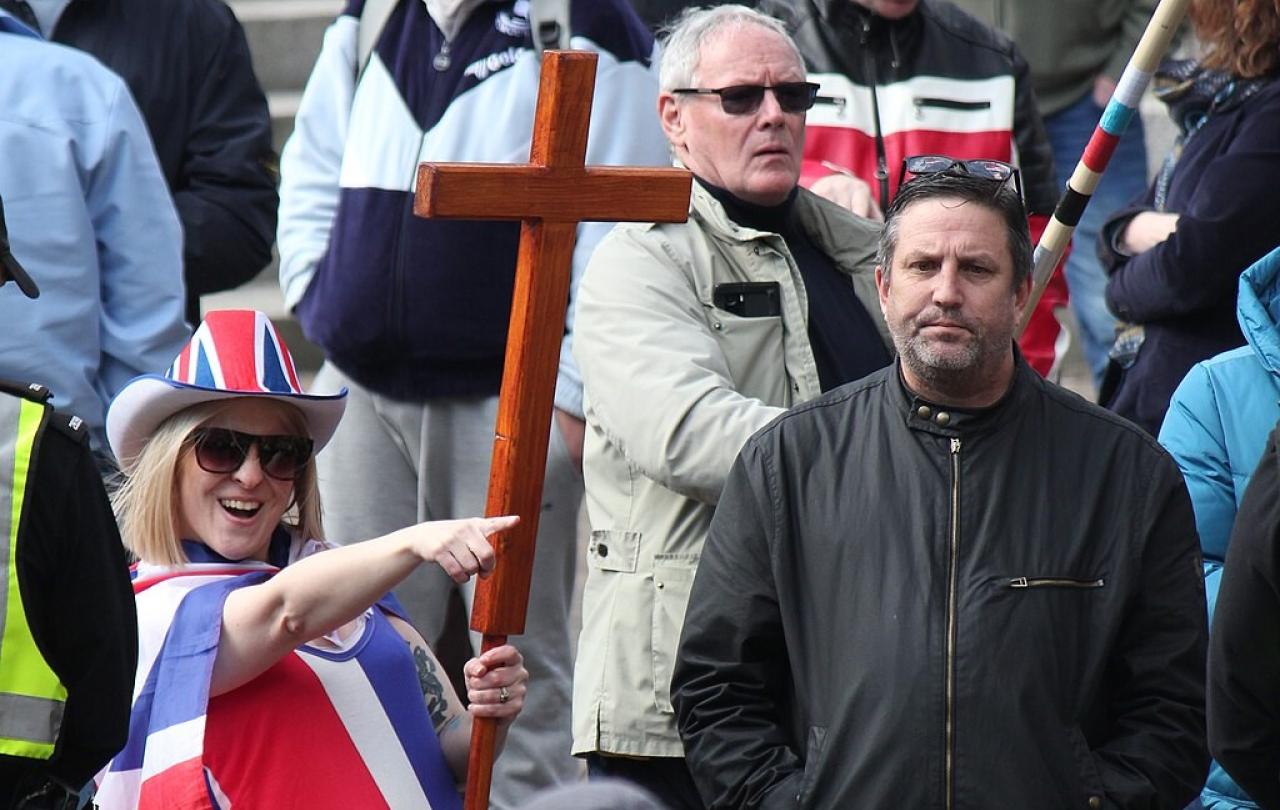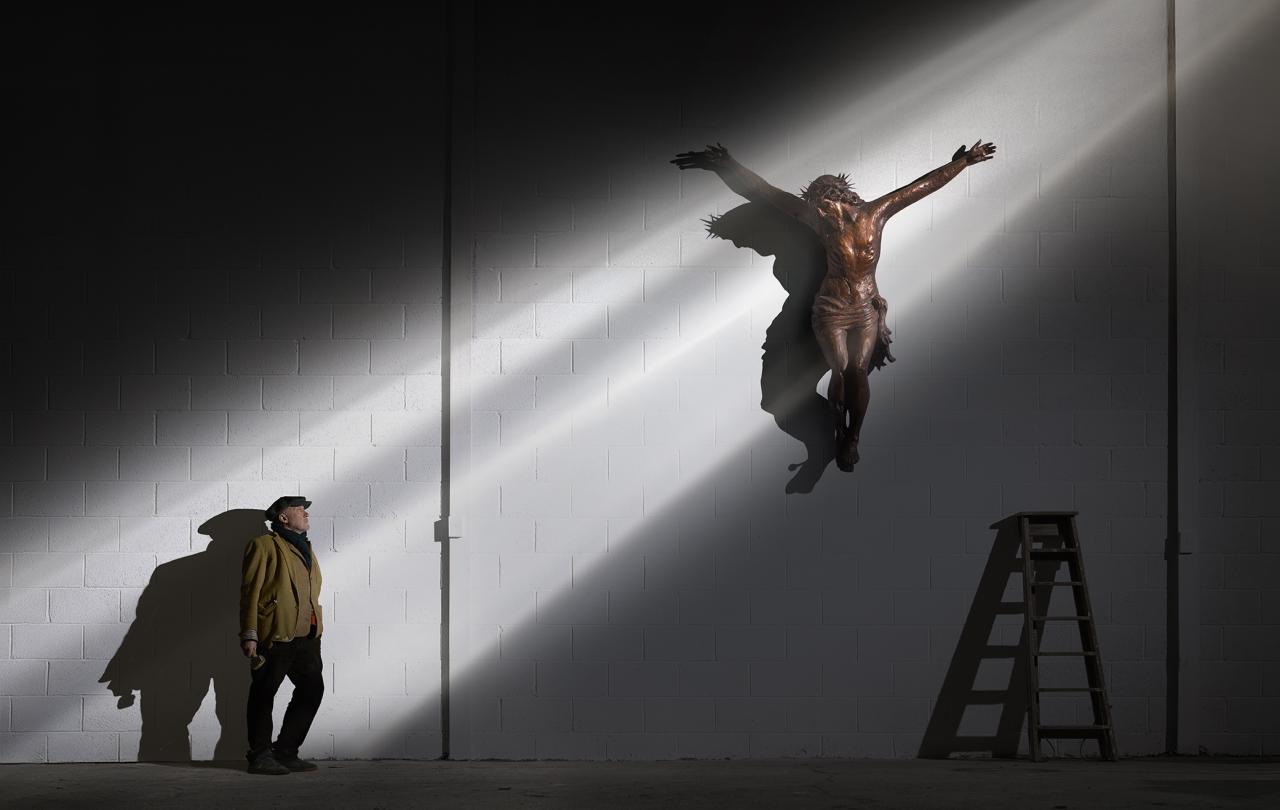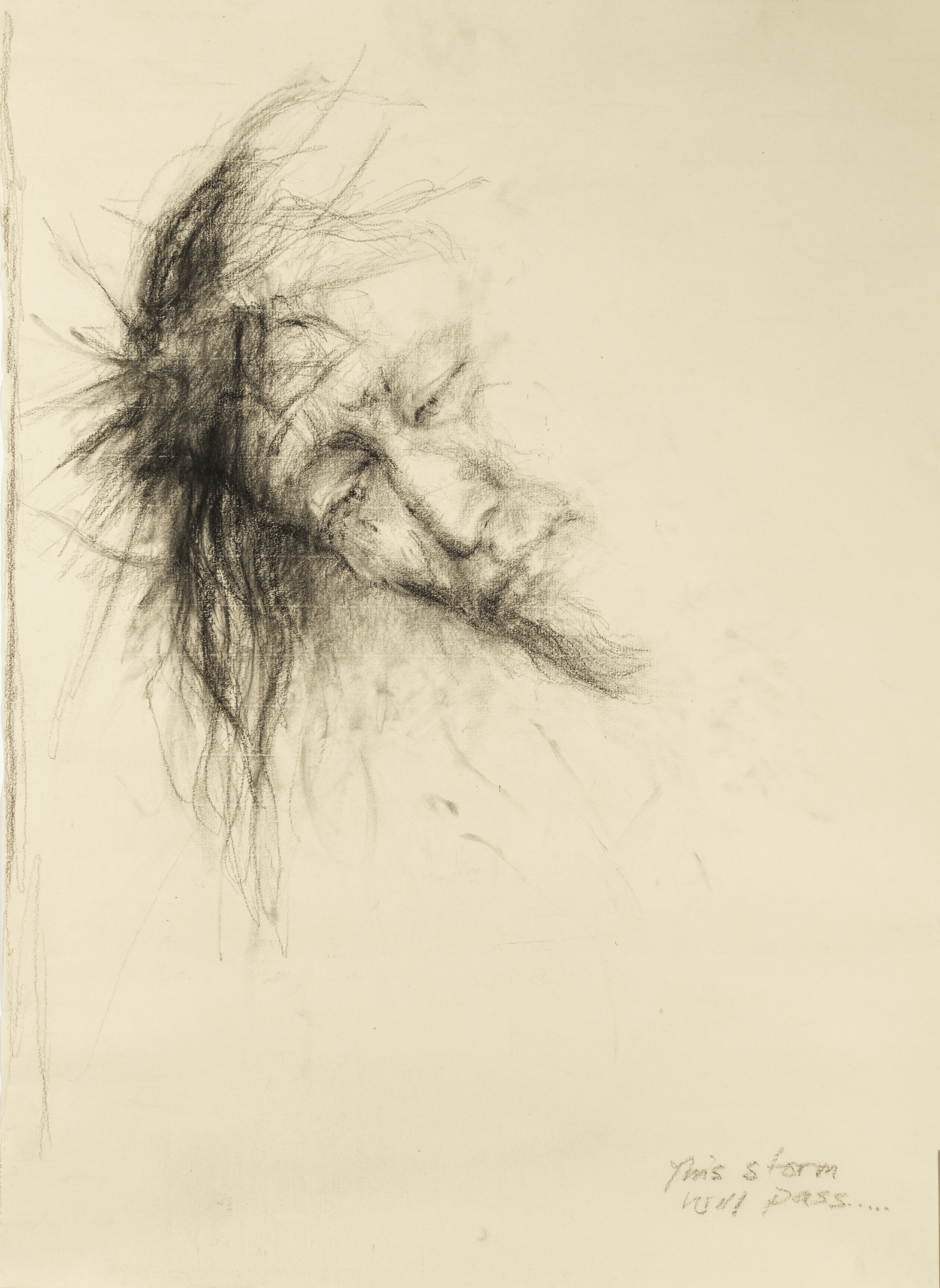
The term “Christian nationalism” means different things to different people. John Stackhouse defines nationalism as “love of one’s nation, identification with it, and special concern for its well-being” and sees nothing wrong with it from a Christian point of view. But this is not the normal way the term is used today. Rather, it means an ideology that seeks political power in order to merge Christian identity with national identity. In other words, it means Christians seeking to impose Christian values on all citizens of a nation by the force of law.
That’s not as bad as it may sound at first glance. Everyone thinks some values should be imposed for society to function – for example, human rights, private property, democracy. In one sense, there’s nothing unusual about Christians wanting their values to become law. Everyone – Muslim, Secular, pluralist – wants the law to reflect their values. How could anyone have values and not want their nation’s laws and policies to reflect them?
But for Christians, there’s a catch. “Christian values” include not forcing people to live Christian lifestyles who do not identify as Christian. Christian values are founded on the teaching and example of Jesus, and he was never coercive. He aimed at people’s hearts, seeking willing rather than coerced obedience. His goal was that people should follow him and live by his teachings because they wanted to more than anything else in the world, not because they would be imprisoned or disadvantaged if they don’t. The gospel is an invitation to the most rewarding and fulfilling life imaginable, not an executive order to be obeyed out of fear.
Jesus explicitly taught that Christian politics should be different to anything else the world has ever seen:
“The rulers of the nations lord it over them, and their high officials exercise authority over them. Not so with you. Instead, whoever wants to become great among you must be your servant.”
With these words (recorded in the gospel of Matthew), Jesus set a political agenda for his followers radically different to that of every other movement, religion, institution, or nation. Where others have always used power to dominate, control, and coerce obedience, Christians are to use power to serve those under them and to pursue their flourishing. With his own life Jesus showed what this looks like. The Jews expected the messiah to be a great military leader who would rally an army under his banner, shake off the Roman oppression, establish Israel as a nation, and rule it with absolute power and authority. Instead, rather than commit any violence, he submitted to death at the hands of the Roman oppressors.
Jesus did not mean that his followers should not seek power and influence in the world, or that they should lie down and let themselves be trampled on like a doormat. The “Christian difference” is not to be non-political, withdrawn from all engagement in worldly affairs as if God did not care what happens in the world. No: the Christian difference is twofold: (1) never to seize or maintain power through violence, coercion, lies, manipulation, or any means that supposedly justifies the ends, and (2) to use power (when we are freely and willingly given it) in service to everyone regardless of their belief or lifestyle, especially the powerless.
A truly “Christian” nation would never try to coerce Christian behaviour from anyone.
Christians have not always done politics this way. In the centuries since Jesus walked the earth, they have often succumbed to the temptation to do politics like the rest of the world: grasping at authority and holding onto it by any means necessary, using it to benefit ourselves and our agenda in ways that harm and oppress others. The treatment of Jews in the late medieval period is a sobering example. Jews were forced to live in ghettos and wear conical hats. They were forbidden to hold public office, to build synagogues higher than any church, or to walk in the street on Sundays. Eventually they were forcibly expelled from several European states in order to leave no impediment to the fashioning of a truly “Christian nation,” i.e., a nation with only Christians living in it.
Today, many Christians in Western nations are engaging in efforts to fight back against world views they believe are encroaching on them – secularism, Islam, and liberalism. They want to reassert Christianity as the dominant cultural force. It seems to me that these efforts are largely motivated by fear, brought about by the decline of Christian influence. There is a strong urge to self-preservation when one feels oneself increasingly marginalized. They feel that if they don’t regain power, then all the values and lifestyle that held dear will be swept away. They must protect themselves and seek to preserve Christian values by whatever means available. They must take back control, using financial, political, and cultural capital to regain governance and re-establish Christian laws in ‘our land’.
Yet fear has never been a motivator of wise, just, and righteous action. Fear draws our attention away from the poor and needy towards our own plight. Fear makes us strike back with a self-protective instinct. When we are afraid, we feel justified in putting our own needs and priorities first. Violent behaviour is labelled “self-defence,” cutting aid budgets is labelled prudence, and refusing admission to refugees who have lost everything and are fleeing persecution is seen as the only sane course of action in a world of finite resources. Fear drives us to seek our own advantage, something Jesus never did. Perhaps Jesus knew that fear can be the greatest force to prevent us from living a Christlike life of service. Perhaps it’s not a coincidence that “do not be afraid” is the most frequent command in the Bible.
For Christians, like me, there are better motivators for political action: things like wisdom, justice, and peace. (Dare I say love? Or is that too controversial?) But the best motivation of all is the desire to follow Jesus’ teachings and example not only once we have obtained power, but in how we seek it and how we hold onto it.
There’s nothing intrinsically wrong with the idea of a “Christian” nation, if that means a nation that acts towards people – both citizens and non-citizens – the way Jesus did (and supposing the nation was not constituted by violence in the first place – but that is another story). A truly “Christian” nation would never try to coerce Christian behaviour from anyone. It would respect people’s freedom to live and believe what they chose, and would give equal opportunities, equal benefits, and equal rights to Christians, Muslims, atheists, and Jews alike. It would use its power to serve all people, especially the most vulnerable and least able to look after themselves. It would welcome and protect any foreigner who fled there to save their life or freedom, having lost everything at home.
Such a nation would not be characterised by fear of losing its power. It would not seek to preserve its influence by blocking non-Christians from citizenship or positions of government. If the tide turned against it, it would humbly relinquish power rather than do anything coercive to hold on to it, just as Jesus humbly went to the cross rather than use violence against his oppressors.
Celebrate our 2nd birthday!
Since Spring 2023, our readers have enjoyed over 1,000 articles. All for free.
This is made possible through the generosity of our amazing community of supporters.
If you enjoy Seen & Unseen, would you consider making a gift towards our work?
Do so by joining Behind The Seen. Alongside other benefits, you’ll receive an extra fortnightly email from me sharing my reading and reflections on the ideas that are shaping our times.
Graham Tomlin
Editor-in-Chief








